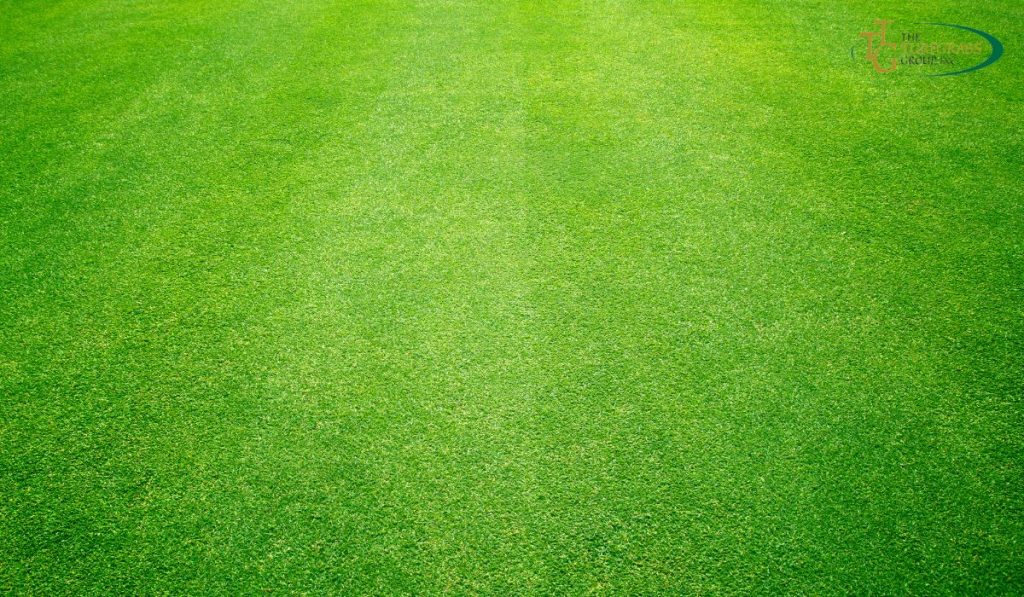
Golf courses are a testament to lush, pristine landscapes that evoke a sense of tranquility and beauty.
The lush greenery of a golf course isn’t merely a result of nature’s grace but also the meticulous care and secrets employed by groundskeepers.
Whether you’re a seasoned groundskeeper or an enthusiast looking to elevate your golf course lawn, here are ten expert secrets to help you transform it into a stunning oasis.
Soil Analysis is Key
The foundation of a healthy lawn lies in understanding the soil.
Conduct a comprehensive soil analysis to determine pH, nutrient levels, and composition.
This analysis helps tailor your fertilization and maintenance practices according to the specific needs of your lawn.
Strategic Mowing Practices
Precision in mowing isn’t just about cutting the grass; it’s an art.
Adjust the mower blade height according to the grass species and weather conditions.
Regular mowing promotes growth and prevents thatch buildup, ensuring a uniform and well-manicured appearance.
Adequate Irrigation
Consistent and appropriate watering is pivotal.
Invest in an irrigation system that ensures even distribution of water.
Monitor moisture levels and adjust watering schedules based on climate changes to prevent over or under-watering.
Fertilization Schedule
Craft a fertilization schedule tailored to your lawn’s needs.
Utilize slow-release fertilizers that provide a steady supply of nutrients over time.

Timing is crucial; fertilize during the growing season to maximize its effectiveness.
Aeration Techniques
Aeration is a secret weapon for a healthy lawn.
It enhances soil drainage, promotes root growth, and improves nutrient absorption.
Regularly aerating the lawn prevents soil compaction, allowing roots to thrive.
Weed Control Strategies
Weeds can mar the beauty of your golf course lawn.
Implement integrated weed management techniques, including herbicides, proper mowing heights, and healthy turf practices to keep those pesky weeds at bay.
Disease and Pest Management
Vigilance against diseases and pests is non-negotiable.
Regularly inspect the turf for signs of disease or pest infestations.
Employ preventive measures and, if necessary, targeted treatments to safeguard your lawn.
Selecting the Right Grass Varieties
Choosing the appropriate grass varieties for your climate and soil conditions is pivotal.
Consider factors like sunlight exposure, water availability, and foot traffic when selecting grass species to ensure optimal growth and resilience.
Thorough Soil Maintenance
Beyond the surface, the health of your lawn depends on soil health.
Implement topdressing and overseeding to improve soil structure and rejuvenate tired areas, promoting a denser and healthier turf.
Consistent Maintenance and Monitoring
Consistency is vital to a thriving golf course lawn.
Establish a routine maintenance schedule and monitor the property regularly.
Adjust your practices based on seasonal changes and evolving lawn needs.
Incorporating these secrets into your lawn care regimen can elevate your golf course lawn from good to breathtaking.
Patience and attention to detail are virtues when nurturing a truly remarkable golf course lawn.
Conclusion
Transforming a golf course lawn into a mesmerizing landscape requires dedication, expertise, and secret knowledge.
By implementing the ten expert secrets outlined here, you can nurture a vibrant and impeccable turf that will captivate golfers and visitors alike.
Remember, the key lies in understanding your soil, adopting strategic maintenance practices, and consistent monitoring.
Patience is your ally in this journey toward a truly remarkable golf course lawn.

Ready to take the first step towards lawn perfection? Contact our team of turfgrass experts at The Turfgrass Group today.
Let us assist you in achieving a golf course lawn that’s a testament to beauty and excellence.
Start your transformation journey now and watch your golf course lawn flourish into a breathtaking masterpiece!
FAQs
How often should I mow the golf course lawn?
Mowing frequency depends on grass type, weather, and growth rate. Typically, mowing once or twice weekly during the growing season is ideal. Adjust the frequency based on growth and never remove more than one-third of the grass height.
What’s the best way to handle lawn pests and diseases?
Prevention is crucial. Regularly monitor the lawn for signs of pests or diseases. Implement cultural practices like proper watering and fertilization to promote a healthy turf that’s more resilient to issues. If problems arise, consider targeted treatments recommended by professionals.
How can I improve soil quality on the golf course lawn?
Soil improvement involves practices like aeration, topdressing, and overseeding. Aeration reduces soil compaction while topdressing with organic matter improves soil structure. Overseeding introduces new grass varieties to revitalize tired areas.
What’s the importance of irrigation in maintaining a golf course lawn?
Proper irrigation is essential for healthy turf growth. Ensure even water distribution and adjust watering schedules based on weather conditions. Over or under-watering can lead to issues like root damage or fungal growth.
How do I choose the suitable grass species for my golf course lawn?
Consider climate, sunlight exposure, water availability, and foot traffic. Consult with turfgrass experts or local extension services to select grass varieties that thrive in your specific conditions.
Is fertilization necessary, and how often should it be done?
Fertilization is crucial for providing essential nutrients to the turf. Develop a fertilization schedule based on soil analysis and grass needs. Slow-release fertilizers are often preferred to ensure a steady nutrient supply.